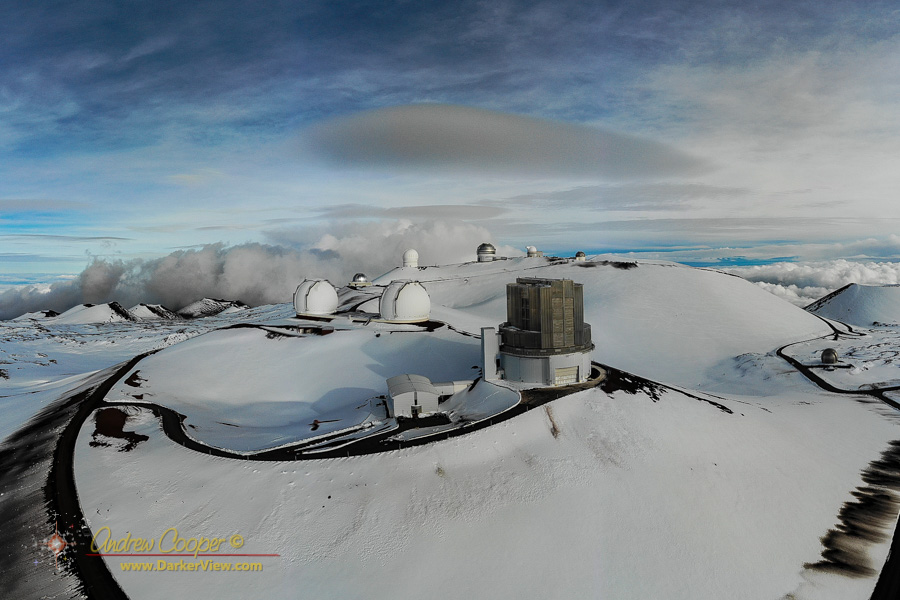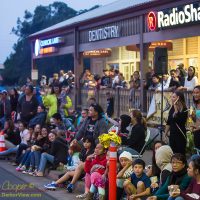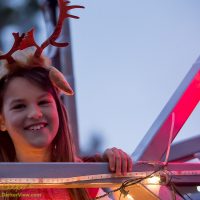
Summit Observatories

When you want to see the stars, find someplace dark

W. M. Keck Observatory press release…
Astronomers have shown what separates real stars from the wannabes. Not in Hollywood, but out in the universe.
“When we look up and see the stars shining at night, we are seeing only part of the story,” said Trent Dupuy of the University of Texas at Austin and a graduate of the Institute for Astronomy at the University of Hawaii at Manoa. “Not everything that could be a star ‘makes it,’ and figuring out why this process sometimes fails is just as important as understanding when it succeeds.”
Dupuy is the lead author of the study and is presenting his research today in a news conference at the semi-annual meeting of the American Astronomical Society in Austin.
He and co-author Michael Liu of the University of Hawaii have found that an object must weigh at least 70 times the mass of Jupiter in order to start hydrogen fusion and achieve star-status. If it weighs less, the star does not ignite and becomes a brown dwarf instead.
How did they reach that conclusion? The two studied 31 faint brown dwarf binaries (pairs of these objects that orbit each other) using W. M. Keck Observatory’s laser guide star adaptive optics system (LGS AO) to collect ultra-sharp images of them, and track their orbital motions using high-precision observations.
“We have been working on this since Keck Observatory’s LGS AO first revolutionized ground-based astronomy a decade ago,” said Dupuy. “Keck is the only observatory that has been doing this consistently for over 10 years. That long-running, high-quality data from the laser system is at the core of this project.”
Continue reading “Astronomers Prove What Separates True Stars from Wannabes”
Residents of Waimea know to brace for the Christmas Parade. For an evening half the island population descends upon this little town. Days ahead of time, the parking spots along the street, far from the store’s front doors, normally empty, will be full of pickup trucks as people stake out their favorite spot to watch the parade.

This year Keck and CFHT cooperated on a float. Really a decorated truck like most entries in the parade. We handed out glow sticks and glow bracelets to the kids along the parade route. walking along with the group is fun, of course I have a camera along.

Continue reading “2016 Christmas Parade and Winter Star Party”
Walking from the Sun to Neptune is easy… At least when they are set up in a scale model along main street Waimea.
A fun day… The Sun, telescopes, the planets, a few asteroids represented by meteorites, and plenty of activities for the kids. It was a great day to be in Waimea as CFHT and Keck put on the Solar System Walk 2016…
Upgrades. With 20 year old systems upgrading and replacing old gear is a constant job. It is even worse over at CFHT, their facility is quite a bit older than ours at Keck. Does this mean the telescope is obsolete? No way. most systems have been constantly updated with new technology. But it does take quite a bit of work…
Canada France Hawaii Telescope Upgraded TCS testing from CFHT on Vimeo.